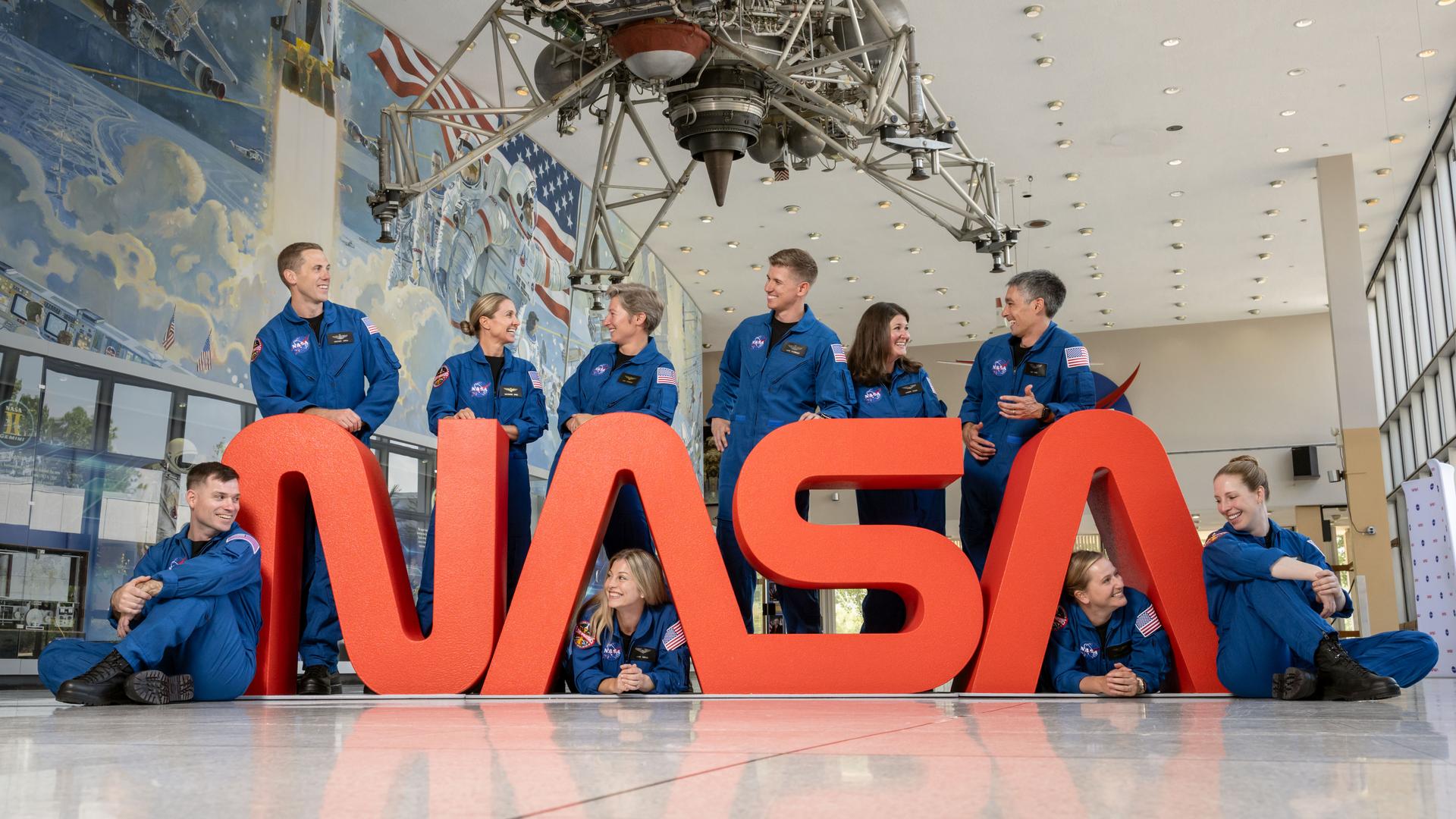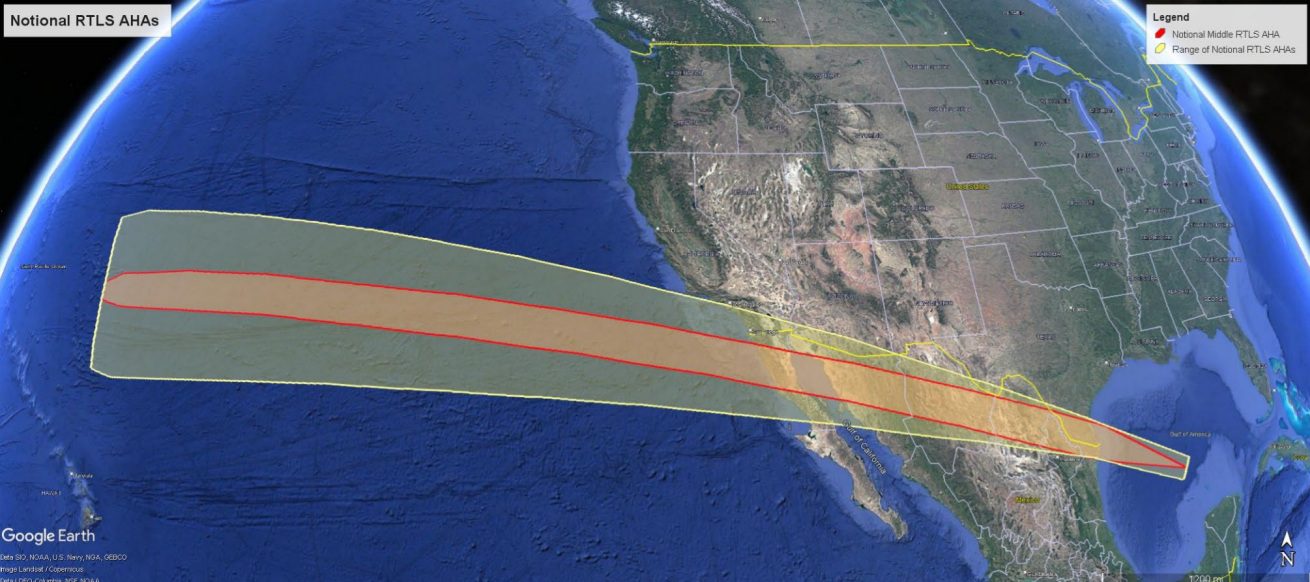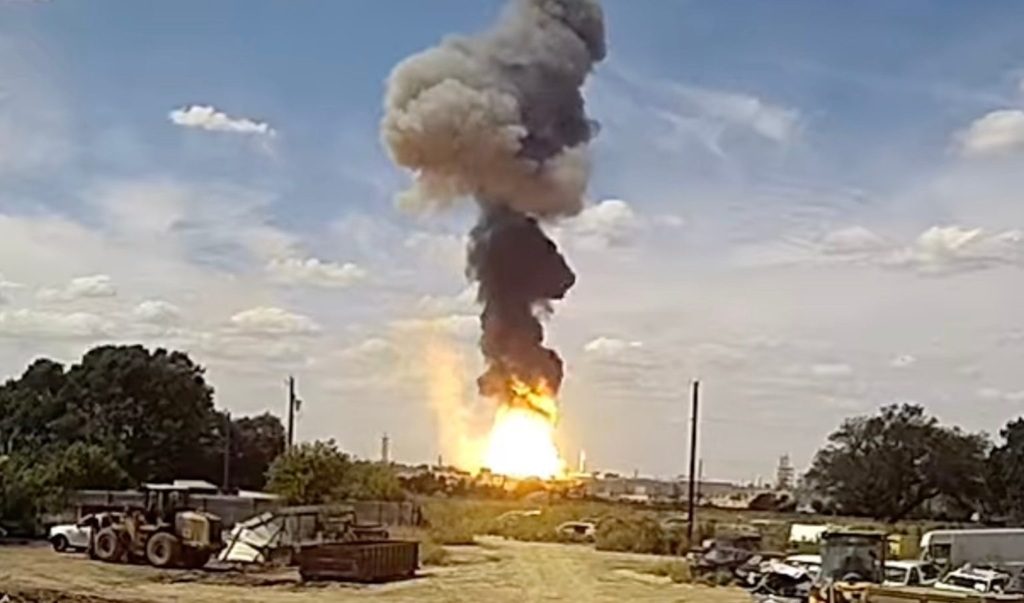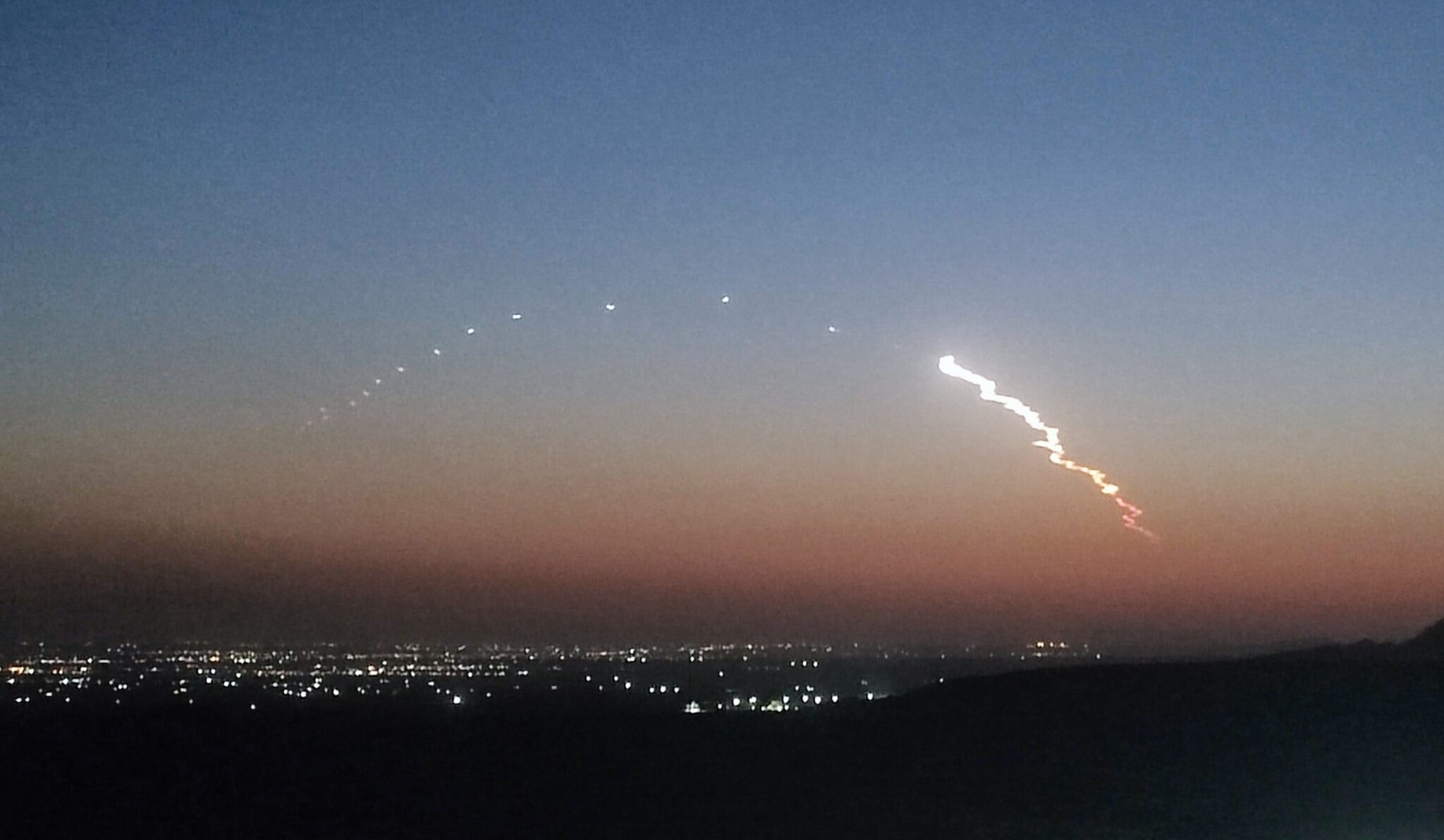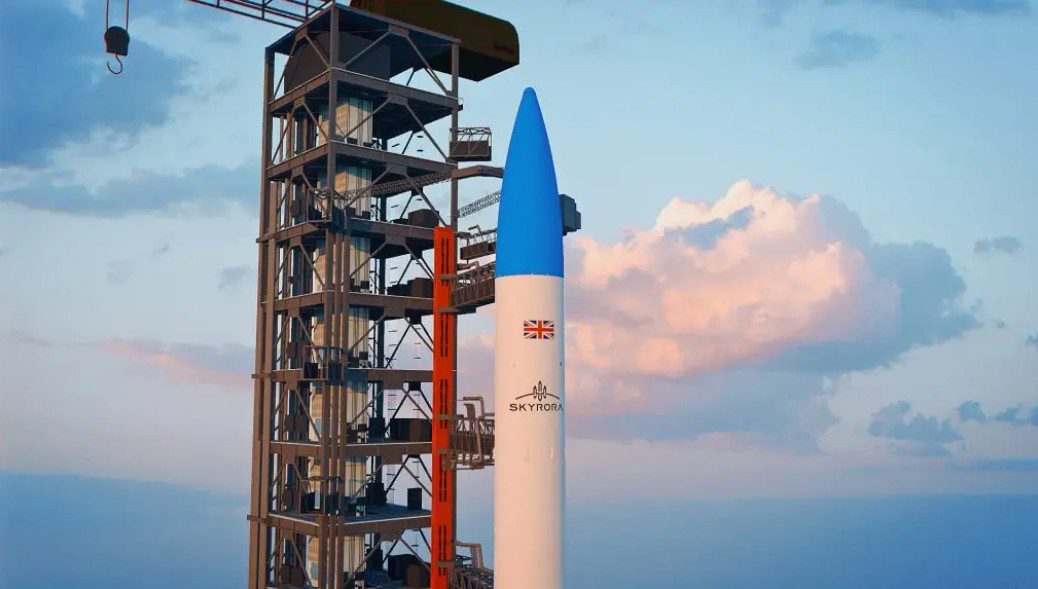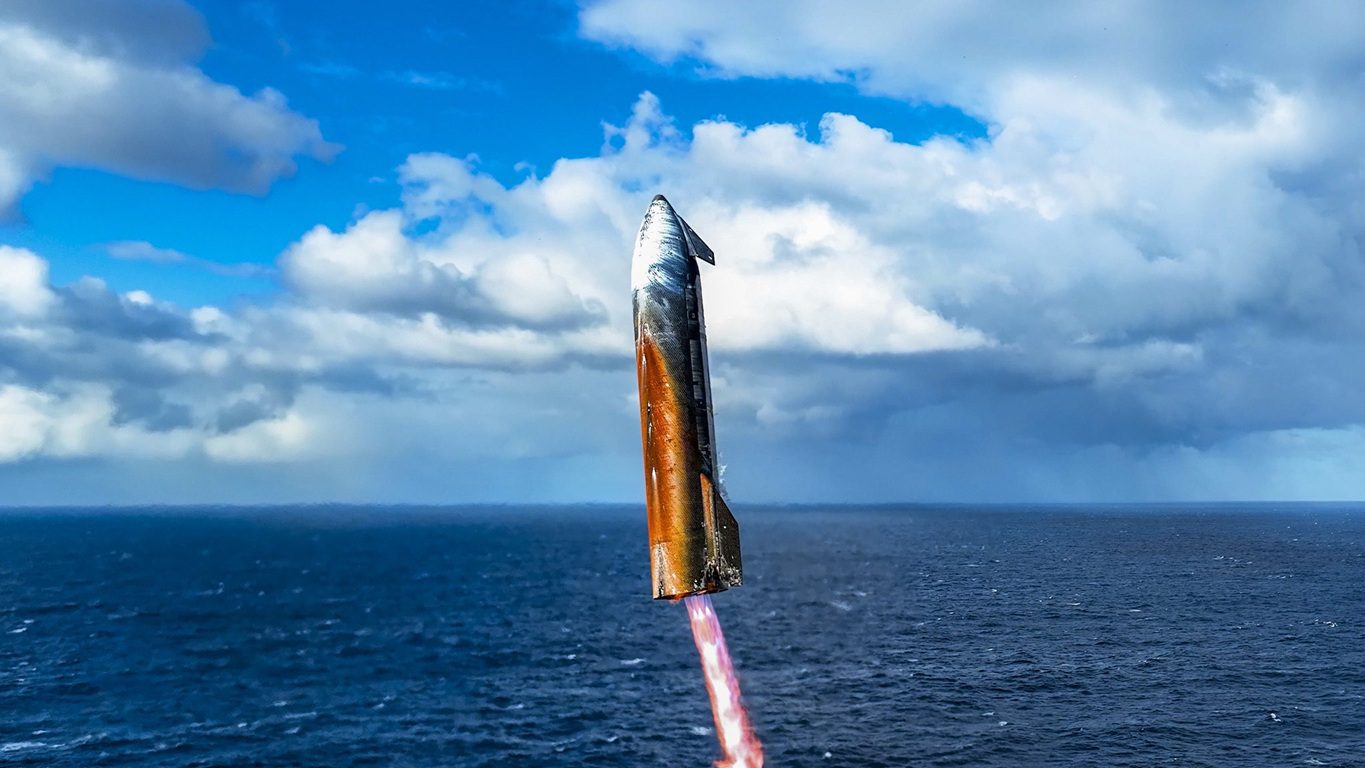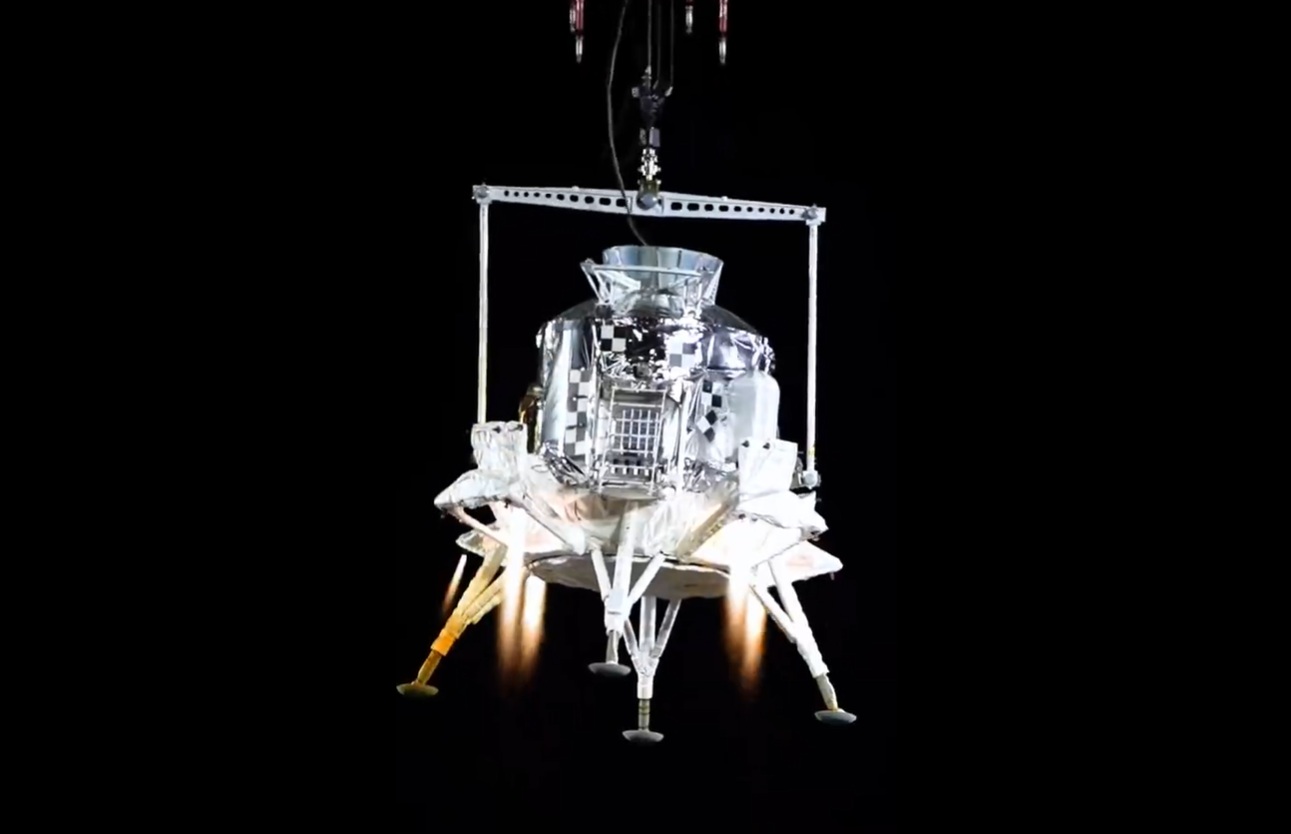NASA selected two new missions to form part of its Discovery programme on 2 June. These missions lie on the smaller end of the scale for NASA, but will still be funded to the tune of US$500 million each. The winning candidates have been in competition since 2019 when 16 proposals were chosen for further investigation. This was narrowed down to just four entries in February 2020.
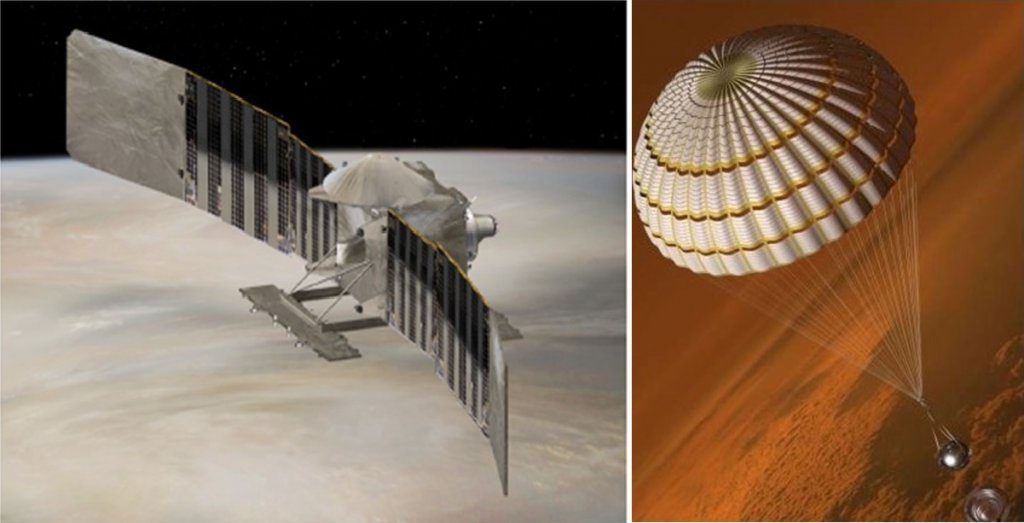
Artist’s impression of the two Discovery missions in-orbit of Venus. Courtesy of Lockheed Martin
The winners are the 15th and 16th missions in the Discovery programme, which are scheduled to launch near the end of the next decade. Both missions intend to study Venus, a planet not explored by a NASA-led mission since the Magellan orbiter, launched in 1989.
- VERITAS (Venus Emissivity, Radio Science, InSAR, Topography and Spectroscopy) will orbit the planet and attempt to determine its geologic history. It will primarily be equipped with a Synthetic Aperture Radar (SAR) payload, and will also carry an infrared imager for the analysis of surface emissions. This mission is led by the Jet Propulsion Laboratory (JPL), California, and is expected to launch in 2028.
- DAVINCI+ (Deep Atmosphere Venus Investigation of Noble gases, Chemistry and Imaging, Plus) is intended to return the first high-resolution pictures of the planet’s surface as well as to deploy an “atmospheric probe” to measure the composition of its atmosphere. Led by Goddard Space Flight Center (GSFC), Maryland, this mission is planned to launch in 2029/30.
While payloads and instruments may be supplied by the institutions and external partners. Lockheed Martin has landed the responsibility of building and integrating both satellites.


